Tag: utah
-
Utah voters have decided 220 ballot measures since 1895, beginning with constitution ratification ahead of statehood
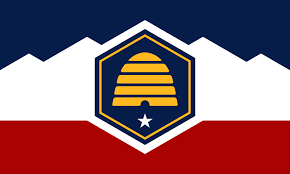
Ballotpedia completed an inventory of all Utah ballot measures dating back to 1895, when voters approved the state constitution. Between 1895 and 2024, Utahns voted on 220 ballot measures—140 (63.6%) were approved and 80 (36.4%) were defeated. This count includes the ratification of the state constitution by voters in 1895, two months before the United States…
-
Ballot measure update: Utah veto referendum and amendments in Arizona, Florida, and Louisiana certified for 2026
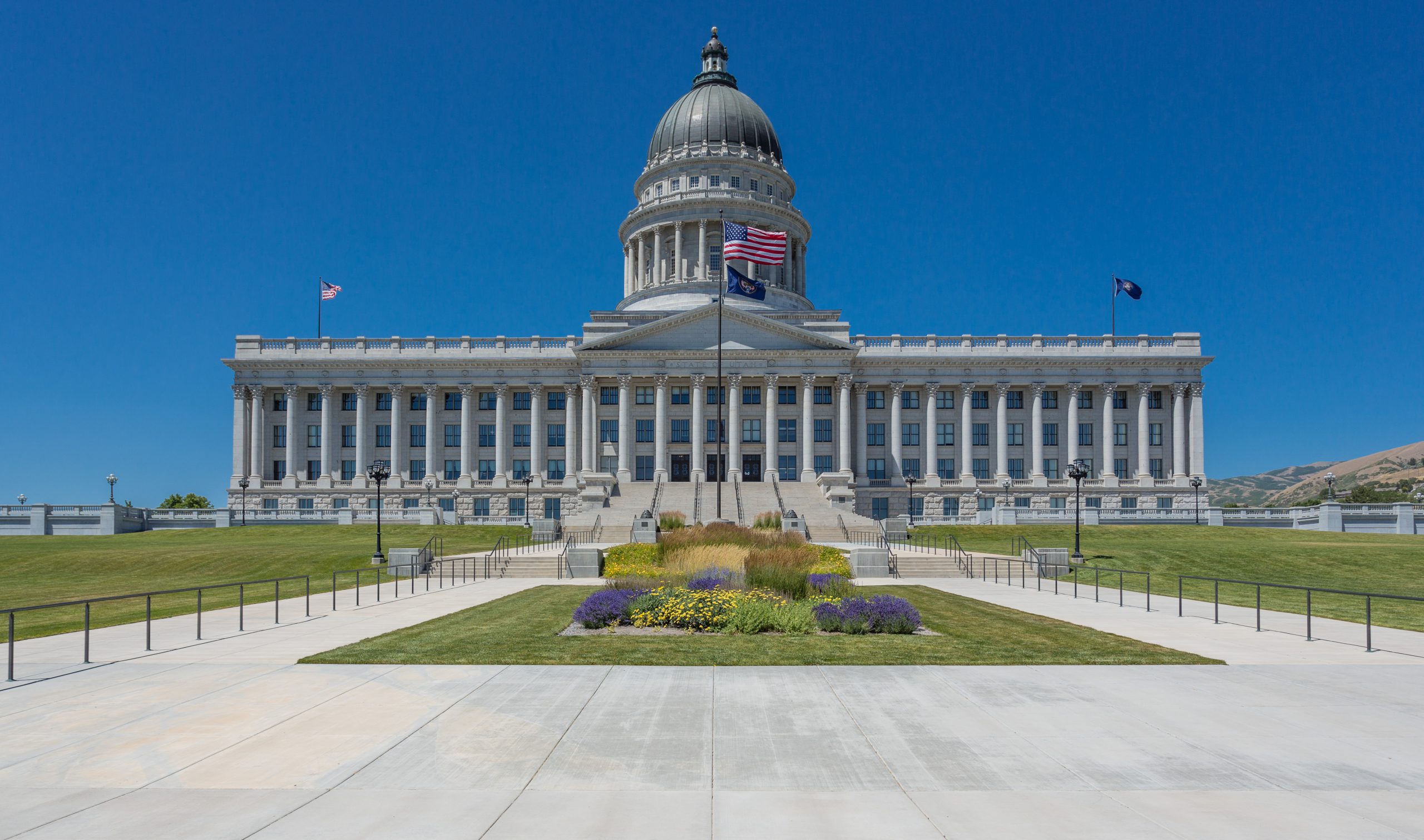
The number of certified statewide ballot measures for both 2025 and 2026 is trending above average compared to previous election cycles as of June 24. 2025 ballot measures For 2025, 27 statewide ballot measures have been certified in seven states—Colorado, Louisiana, New York, Ohio, Texas, Washington, and Wisconsin. This is six more than the average…
-
Referendum to repeal Utah bill prohibiting public sector collective bargaining clears signature threshold for 2026 ballot
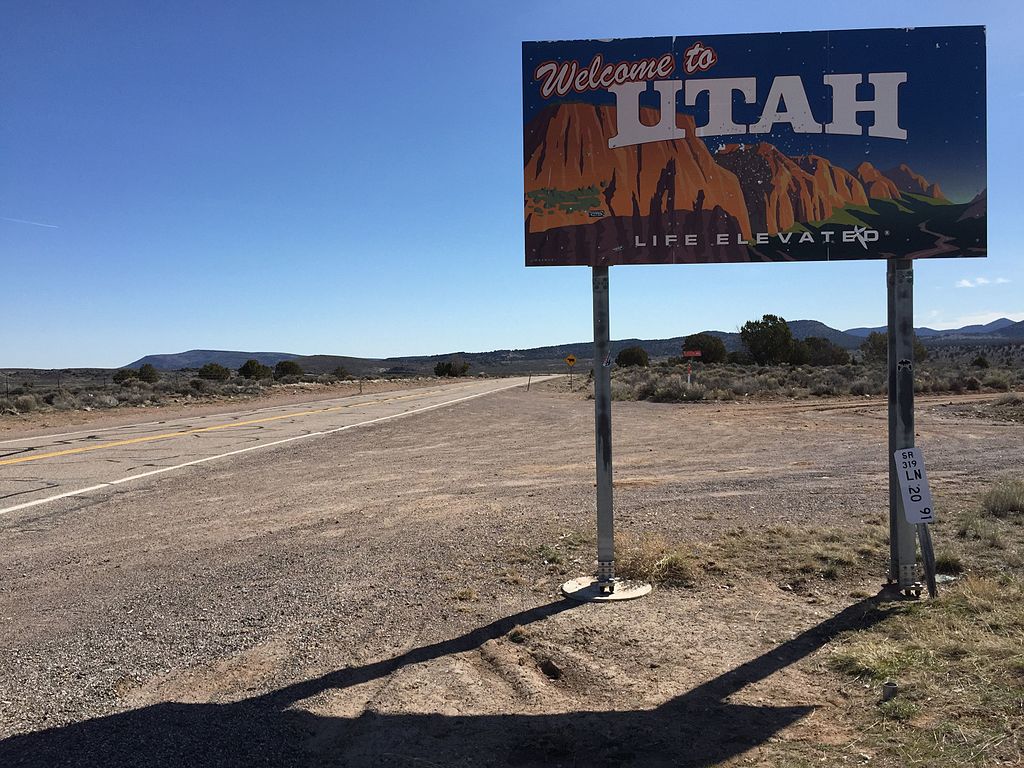
The Utah Election Office announced on May 8 that signature verification for the collective bargaining referendum is complete. The referendum seeks to repeal House Bill 267, which prohibits public unions and public employers from engaging in collective bargaining. Of the signatures submitted with the referendum petition, 251,590 signatures were verified, and 73,136 were rejected. This…
-
Protect Utah Workers submits signatures to the secretary of state for veto referendum

Protect Utah Workers submitted signatures to the secretary of state’s office on April 15 for a veto referendum that would go before voters on Nov. 3, 2026. The referendum would repeal House Bill 267 (HB 267), which is suspended until the election due to the referendum. HB 267, if enacted, would prohibit public employees, such…
-
Utah lawmakers pass laws designed to assert state sovereignty and limit federal influence
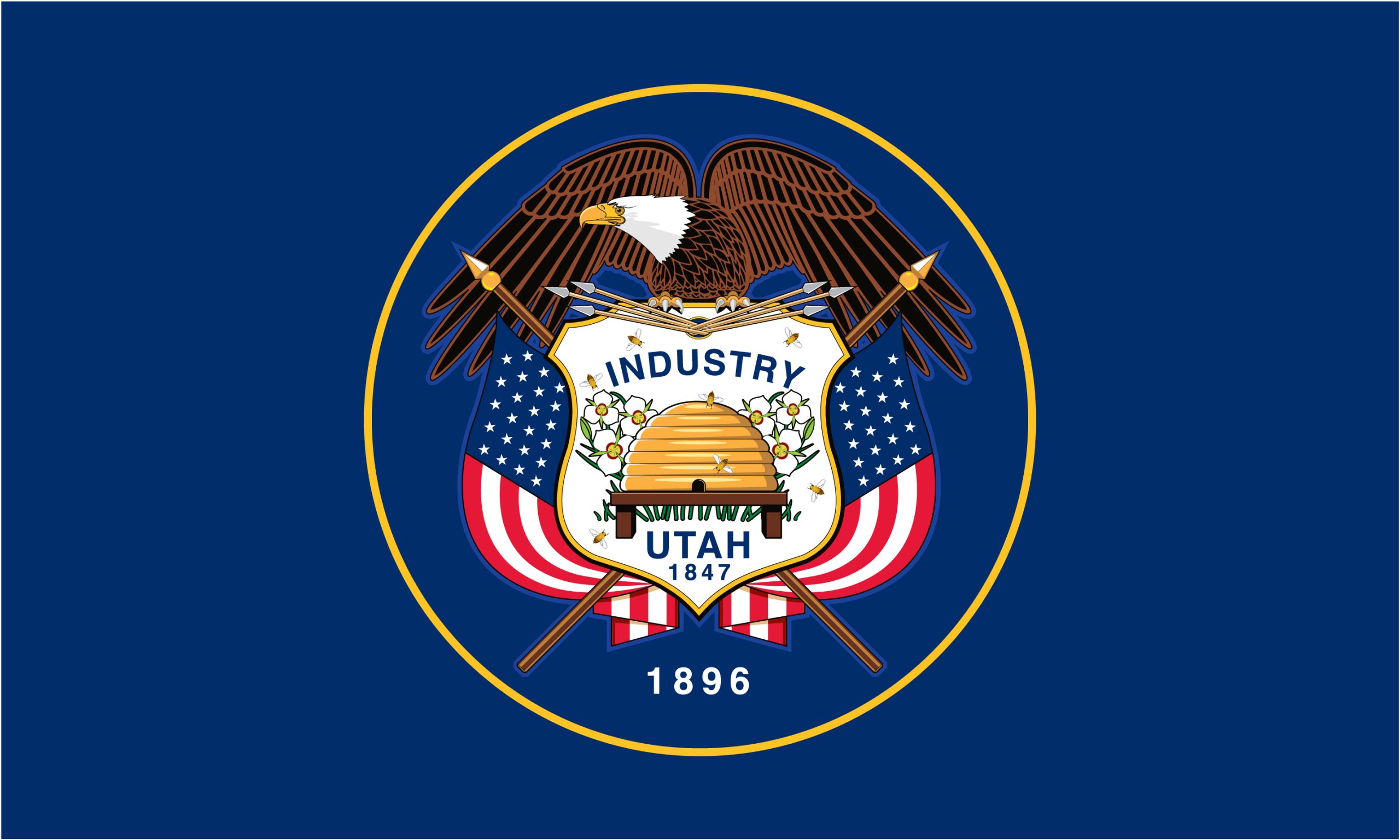
Utah lawmakers passed eight bills and resolutions to assert state sovereignty and limit federal influence during the 2025 legislative session, which ended March 7. These measures address fiscal independence, regulatory oversight, and election authority. Utah has a Republican trifecta, with Republican control of the governor’s office, state senate, and state house. Below are the federalism-related…
-
With new Utah legislation, a look back at four 1970s ballot measures on water fluoridation

Utah is the first state to enact a statewide prohibition on drinking water fluoridation. Gov. Spencer Cox (R) signed the legislation, House Bill 81 (HB 81), on March 27, 2025. While Utah is the first state to enact a statewide ban, voters in four states—Utah, South Dakota, Oregon, and Washington—considered ballot measures related to water…
-
Update on 2025 and 2026 ballot measure certifications: Seven new measures in four states for 2026
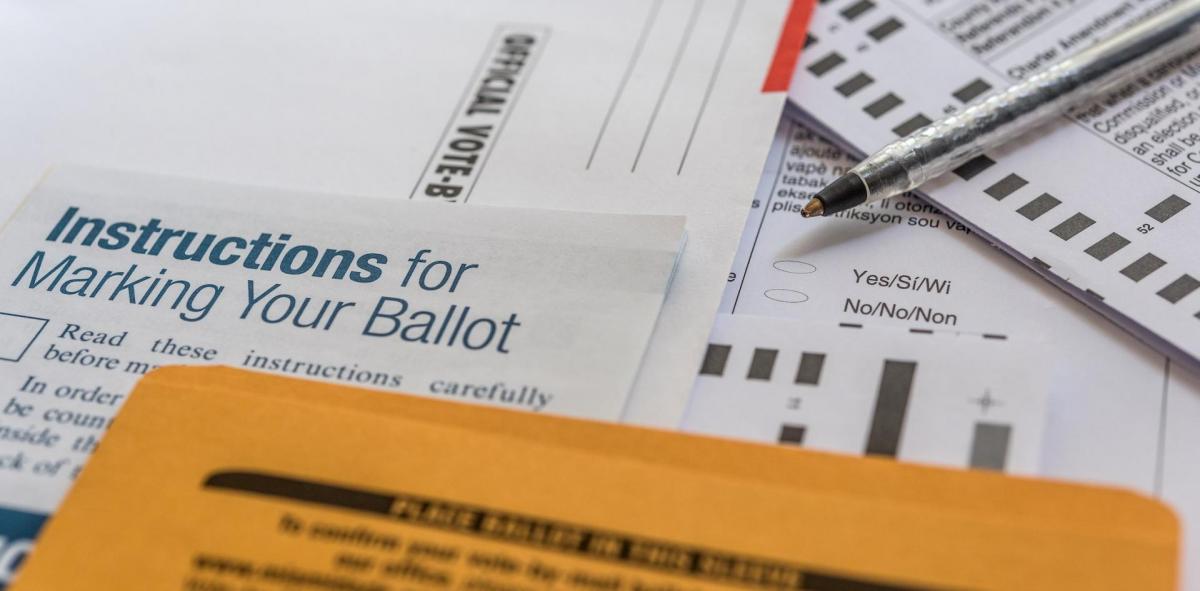
The number of certified ballot measures for 2025 and 2026 is trending above the average as of March 18, 2025. For 2025, six statewide ballot measures have been certified in three states—Louisiana, Ohio, and Wisconsin. Six is one more than the average of five for this point in an odd-numbered-year election cycle since 2010. For…
-
Utah constitutional amendment on publication requirements to appear on 2026 ballot after two amendments were removed for not meeting the requirement in 2024

The Utah State Legislature referred a constitutional amendment on March 7, 2025, regarding constitutional amendment publication requirements to the ballot for Nov. 3, 2026. In Utah, the existing publication requirement for a constitutional amendment requires each measure to be published for two months in at least one newspaper in every county in the state. The…
-
Utah legislature refers a constitutional amendment to 2026 ballot that would require initiatives making tax changes to receive a 60% vote of approval

The Utah State Legislature approved Senate Joint Resolution 2 on March 6, referring a constitutional amendment to the ballot for Nov. 3, 2026. SJR 2 would require citizen-initiated ballot measures to receive at least 60% voter approval to enact certain tax-related changes, including (a) imposing a new tax; (b) expanding an existing tax to apply…
-
Eight presidential tickets will appear on the ballot in Utah this November

Utah’s Nov. 5, 2024, general election ballot will feature eight presidential candidates and their running mates. They are: Claudia De La Cruz is the Party for Socialism and Liberation’s presidential nominee, but will appear on Utah’s ballot as unaffiliated. There is one fewer candidate on Utah’s presidential ballot compared to 2020. In 2020, Utah’s ballot…

